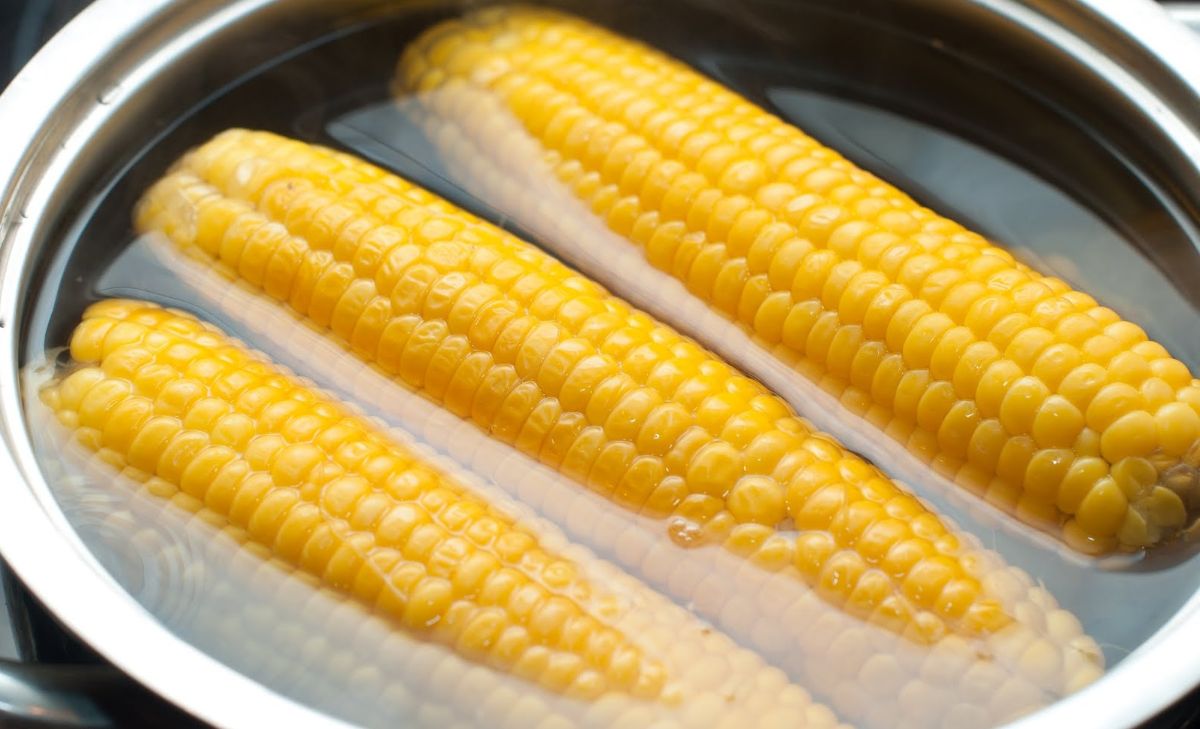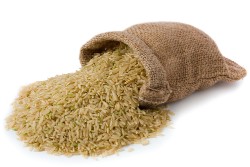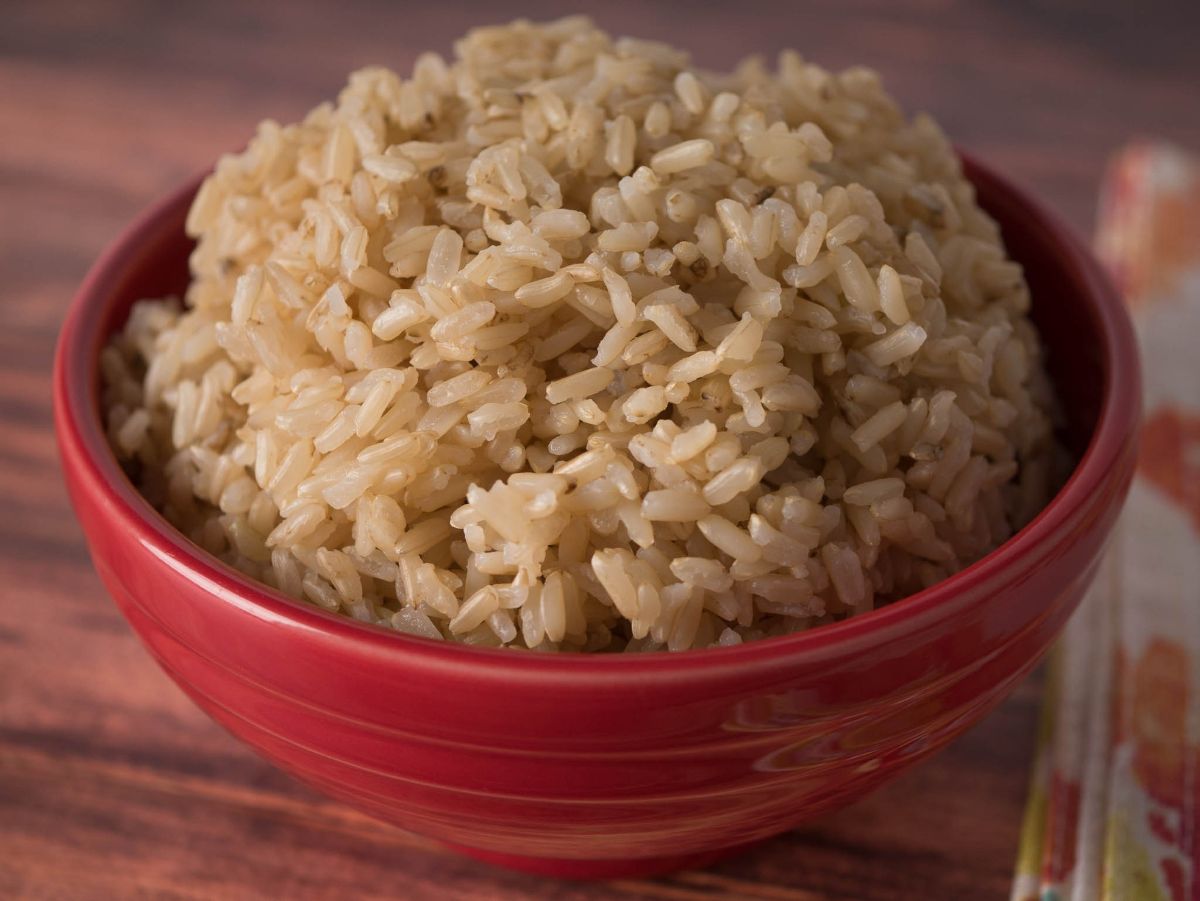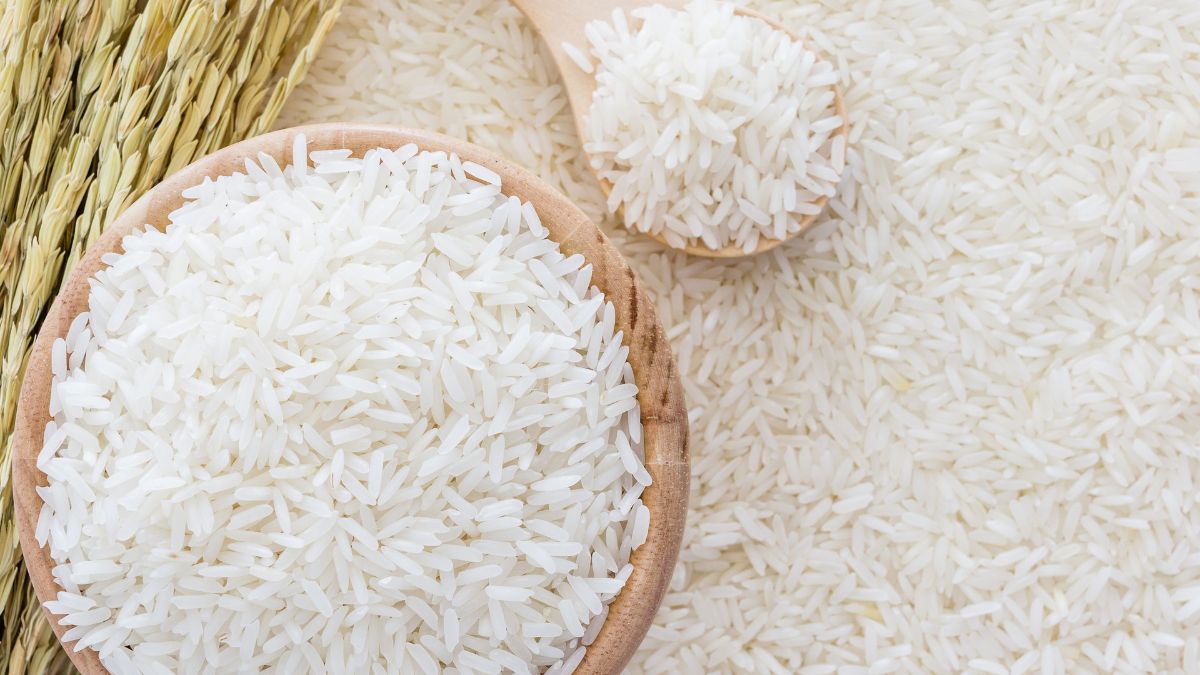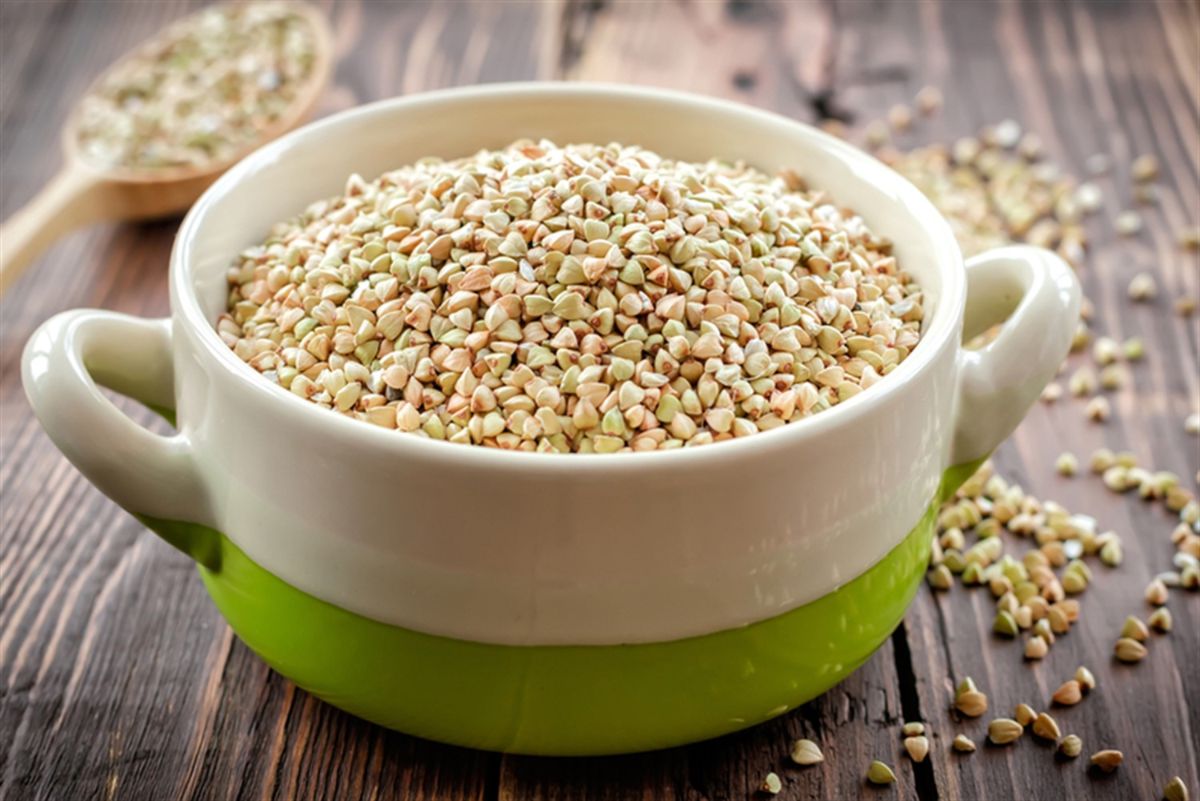What is useful for corn porridge — 7 proven properties
Corn porridge (polenta, hominy) is a dish originally from Italy, which is traditional for many national cuisines (Moldovan, Romanian, Western Ukrainian).
Currently, corn porridge has become widespread and recognized due to its beneficial properties for humans. It improves the functioning of the gastrointestinal tract, increases visual acuity, reduces the risk of developing chronic diseases and even cancer.
What is it?
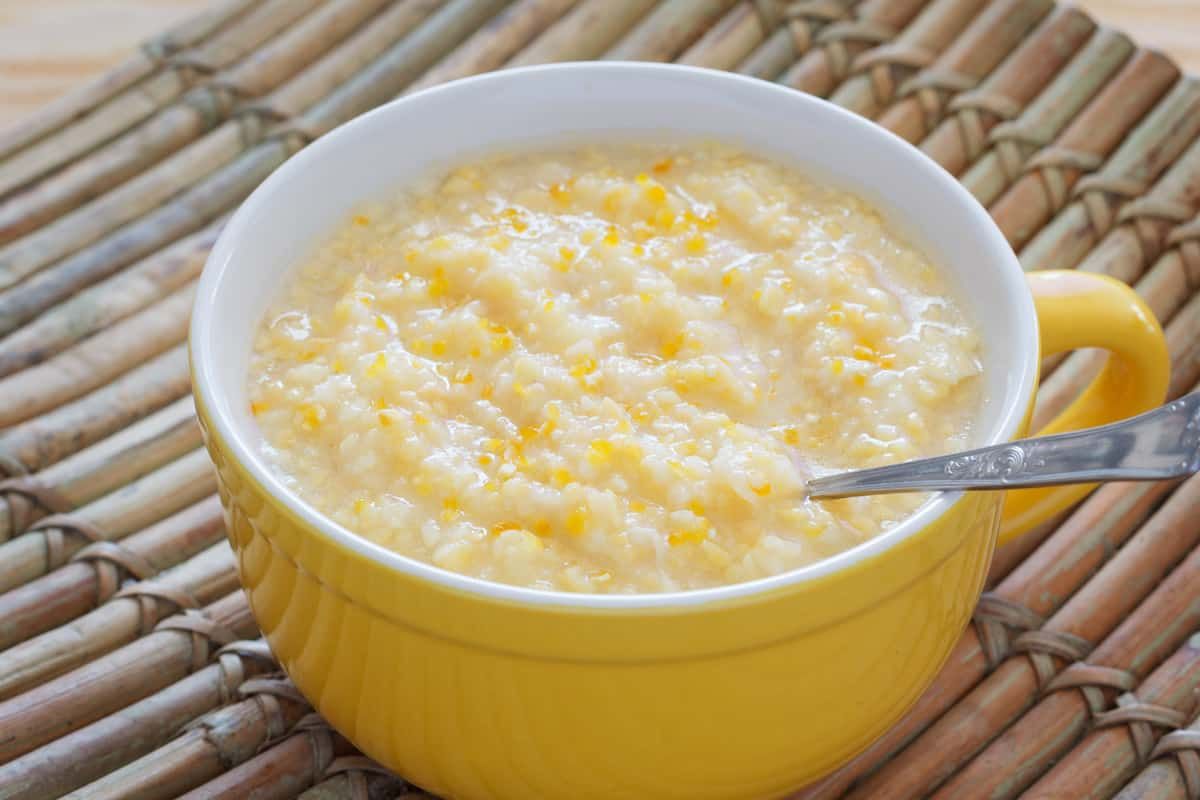
Corn porridge is cooked cornmeal or cereal that can be eaten as a side dish or used in various recipes, from bread to desserts. This is a versatile dish that can be served chilled or warm.
Traditional polenta is prepared by soaking cornmeal in plenty of water. Then the mass is cooked over low heat until thickened (about 40 minutes).
Polenta is served on the table as a side dish, as well as as an independent dish with various additives (anchovies, shrimp, mushrooms, poultry meat).
There are many varieties of corn porridge: soft, hard, sweet, etc.
7 useful properties
Below are 7 facts about the benefits of corn porridge for our health (based on scientific sources).
1. Contains valuable substances
Corn porridge is a fairly low–calorie product (about 70 calories per 100 grams). She contains the following nutritional components:
| Name of the substance | Approximate percentage of daily requirement (per 100 grams) |
| proteins | 11 % |
| fats | 2 % |
| carbohydrates | 32 % |
| fiber | 24 % |
| Vitamin B1 | 9 % |
| Vitamin B5 | 7 % |
| Vitamin B6 | 13 % |
| Vitamin E | 5 % |
| nicotinic acid | 11 % |
| potassium | 6 % |
| magnesium | 8 % |
| sulfur | 6 % |
| phosphorus | 14 % |
| iron | 15 % |
| manganese | 20 % |
| cobalt | 45 % |
| copper | 21 % |
| selenium | 31 % |
| zinc | 4 % |
Each of the described substances plays an important role in the body, for example:
- B vitamins maintain the functional and anatomical integrity of the central nervous system;
- Vitamin E improves the condition of skin, nails and hair;
- Copper and iron are directly involved in the creation of red shaped blood elements.
Corn porridge is characterized by the absence of gluten and abundance of dietary fiber . It is allowed for people with celiac disease.
2. It has an antioxidant effect
 Corn groats contain antioxidant substances (zeaxanthin and lutein).
Corn groats contain antioxidant substances (zeaxanthin and lutein).
Foreign studies proved their ability to inhibit chronic inflammation, which is associated with the development of chronic diseases of the heart and blood vessels, as well as the digestive and endocrine systems.
Colombian experts underline the high effectiveness of these substances in order to prevent neurodegenerative pathologies (for example, Alzheimer's disease).
3. Provides prevention of diabetes mellitus
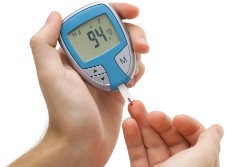 American scientists installed
that corn can be used for the prevention of the development and therapy (to enhance the effect of medications) of type II diabetes mellitus.
American scientists installed
that corn can be used for the prevention of the development and therapy (to enhance the effect of medications) of type II diabetes mellitus.
The basis of the positive property is the ability of the plant to increase the sensitivity of peripheral tissues (fat and muscle) to insulin. As a result, the cells of our body begin to absorb glucose from the blood to produce energy.
Thus, corn fights insulin resistance, which underlies the formation of type II diabetes mellitus.
Polenta should be included in the nutrition system of both patients with diabetes mellitus and those predisposed to it.
4. Helps in weight loss
 According to the data of foreign studies, corn porridge accelerates metabolism in adipose tissues. This leads to a more efficient utilization of fats in adipocytes in order to obtain energy for the needs of the body.
According to the data of foreign studies, corn porridge accelerates metabolism in adipose tissues. This leads to a more efficient utilization of fats in adipocytes in order to obtain energy for the needs of the body.
Corn groats are also rich fiber . It slightly slows down the absorption of fats in the intestine and corrects the level of insulin, the exchange of which is associated with metabolism.
With regular consumption of fiber, overweight or obesity is much less likely to be registered.
At the same time, porridge is equally effective in preventing obesity in both women and men, as well as in adults and children.
5. Improves the functioning of the digestive system
 Corn is a valuable source of insoluble fiber. It practically reaches the large intestine in its entirety, where it is actively fermented by representatives of the microflora.
Corn is a valuable source of insoluble fiber. It practically reaches the large intestine in its entirety, where it is actively fermented by representatives of the microflora.
As a result, the number of beneficial microorganisms increases, the vital activity of pathogenic and conditionally pathogenic forms is suppressed.
Separately, it should be noted that during the interaction of microorganisms with dietary fibers, butyrate is formed. He, as claimed scientists from the USA, improves metabolic processes at the level of colonocytes, preventing the appearance of benign and malignant tumors.
Corn fiber is also effective in preventing constipation. It normalizes the smooth muscles of the intestine. As a result, fecal matter is excreted from the body in a timely manner.
6. Improves eyesight
 Research demonstrate
that lutein and zeaxanthin in corn can improve the health of the visual organs.
Research demonstrate
that lutein and zeaxanthin in corn can improve the health of the visual organs.
These substances reduce the likelihood of age-related macular degeneration and cataracts. These diseases are widespread, especially in the elderly.
Zeaxanthin and lutein also increase the sensitivity of the photoreceptors of the vascular membrane, which leads to improved night vision, as well as increased acuity.
Safety and harm
 Despite the many advantages, corn has a number of contraindications to use and can harm humans. The most common side effects are:
Despite the many advantages, corn has a number of contraindications to use and can harm humans. The most common side effects are:
- Dyspeptic disorders. Corn porridge is rich in fiber. When consumed in reasonable amounts, dietary fiber normalizes intestinal motor activity, however, overeating can cause overload of the gastrointestinal tract, which will lead to nausea and vomiting, stool disorders (diarrhea or constipation), bloating.
- Irritation of the mucous membranes. Corn porridge is contraindicated if there are active inflammatory processes from the esophagus, stomach and duodenum. It can aggravate the course of these pathologies.
- Increased blood clotting. Individual substances contained in corn increase the aggregation of shaped elements. It is necessary to abandon porridge if there is a history of heart attack or stroke, as well as with varicose veins of the lower extremities.
How to cook and eat properly?
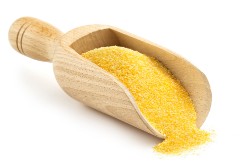 Classic corn porridge is cooked on water. However, the option of cooking with milk is no less popular. Porridge with milk is usually more satisfying and flavorful.
Classic corn porridge is cooked on water. However, the option of cooking with milk is no less popular. Porridge with milk is usually more satisfying and flavorful.
Main ingredients:
- 100 grams of corn groats;
- From 100 to 600 ml of water or milk.
The volume of the liquid directly depends on the desired consistency in the end. If you add more water or milk, the porridge will turn out liquid and will be perfect as a breakfast.
Cooking recipe:
- Rinse the cereal thoroughly under running water. It is more convenient to use a simple sieve.
- Pour water or milk into an enameled saucepan. Bring to a boil.
- Add grits.
- Simmer for about 40 minutes. It is necessary to stir the future porridge every 5-10 minutes.
- The porridge is ready.
If desired, you can add salt (1/2 tsp.) or sugar (1-2 tbsp.), fresh fruits or berries.
Corn porridge is extremely easy to prepare. The main thing is to choose the exact proportion of cereals and liquids, depending on individual taste preferences.
Conclusion
Corn porridge is a very nutritious product. It contains a lot of vitamins, minerals and antioxidants in its composition, which have an effect on the whole body.
Polenta can improve the functioning of the digestive system and visual organs, prevent the appearance of cancer and many chronic diseases.
